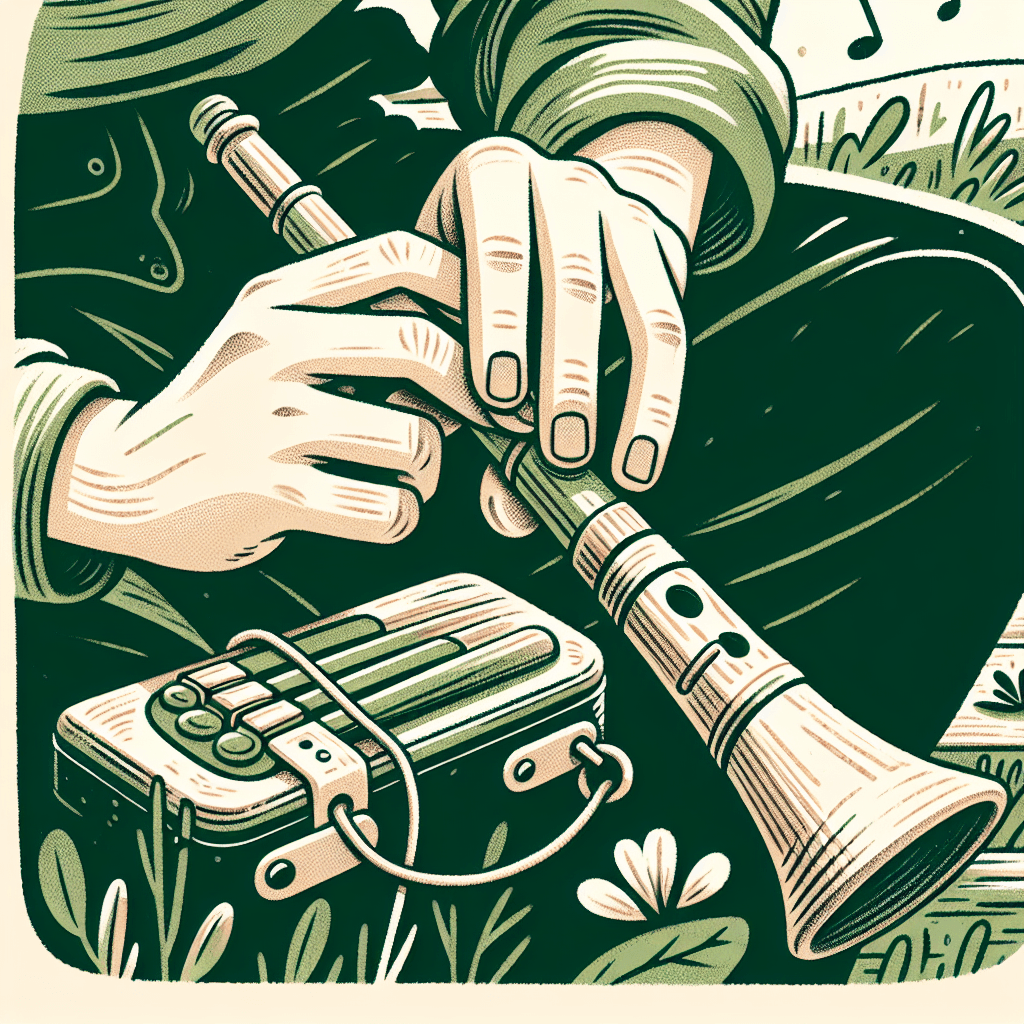
Beginner's Guide to Playing the Tin Whistle: Tips and Techniques
Learn how to start playing the tin whistle with essential tips and techniques for beginners. Discover basic notes, finger placements, and practice routines.
Beginner's Guide to Playing the Tin Whistle: Tips and Techniques
The tin whistle is one of the most charming and accessible traditional instruments you can learn. Whether you're drawn to Irish folk music, or simply want to explore a new musical hobby, the tin whistle offers a rich, melodic sound and a relatively gentle learning curve.
Why Choose the Tin Whistle?
- Accessibility: It's affordable and widely available.
- Portability: Small and easy to carry around.
- Simplicity: Only six holes to manage.
Getting Started: What You Need
- A Quality Tin Whistle: Commonly in the key of D, perfect for traditional tunes.
- Basic Accessories: Cleaning rod or cloth, and maybe a case.
Basic Anatomy of the Tin Whistle
- Mouthpiece (fipple)
- Body with six finger holes
The Essential Techniques
Holding the Tin Whistle
Hold the whistle with your left hand on top (covering the top three holes) and your right hand below (covering the bottom three holes). Use the pads of your fingers to cover the holes fully.
Producing Your First Note
Blow gently into the mouthpiece. Avoid blowing too hard to prevent a sharp or squeaky sound.
Basic Notes and Fingerings
Here is a simple chart to get you started (for a D tin whistle):
| Note | Fingers Covered |
|---|---|
| D (lowest) | All six holes covered |
| E | Bottom hole uncovered |
| F# | Bottom two holes uncovered |
| G | Bottom three holes uncovered |
Practicing Scales
Start practicing the D major scale ascending and descending to get familiar with different finger positions and blowing strengths.
Practice Tips
- Start with short practice sessions.
- Use a tuner app to check your pitch.
- Listen to traditional tin whistle music for inspiration.
Troubleshooting Common Issues
- Buzzing or squeaky notes: Check your embouchure and airflow.
- Difficulty transitioning between notes: Slow down your finger movements.
Where to Go from Here
Once you're confident with the basics, you can explore:
- More complex melodies and embellishments.
- Playing along with backing tracks or other musicians.
- Exploring other keys and types of whistles.
Conclusion
Learning the tin whistle is a rewarding experience that opens the door to a world of traditional and contemporary music. With dedication and the right techniques, you’ll be playing your favorite tunes in no time.
Start your musical journey today with the tin whistle and discover the joy of making beautiful melodies!